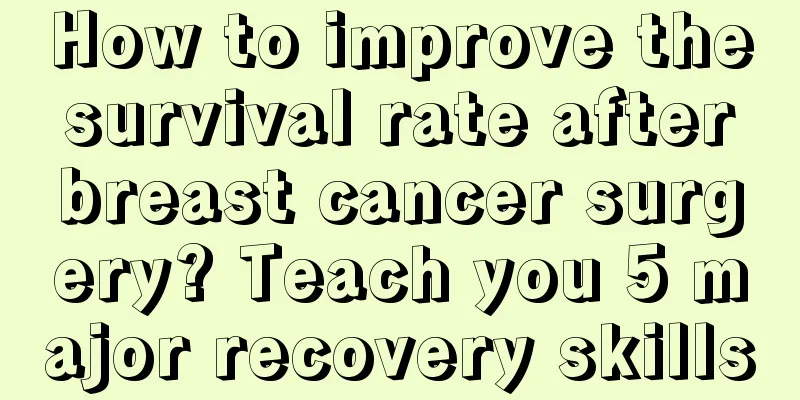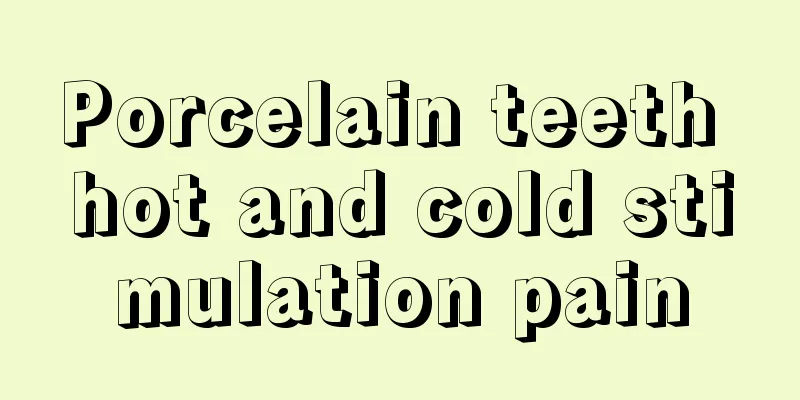Functional brain disorders

|
When humans have functional brain disorders, we will find that our nervous system has been severely damaged, which may lead to restrictions on some body activities. Diseases such as hemiplegia are closely related to functional brain disorders. Our actions will not be controlled by our thoughts, and we will feel that our actions are particularly hindered. So what should we do with functional brain disorders? Diseases or dysfunction of the cerebral hemispheres may be organic (with a clear structural, chemical, or metabolic mechanism) or nonorganic (with no clear cause). Major mental illness and many behavioral disorders belong to the latter category. The distribution of organic brain dysfunction can be focal or generalized. Most focal disorders result from structural abnormalities (eg, space-occupying lesions, stroke, brain trauma, dysplasia, scarring) and usually affect function in only a local area of the cerebral cortex. In contrast, most global disorders result from metabolic-chemical disturbances or disseminated structural disease (eg, diffuse inflammation, vascular disease, or disseminated cancer). Global lesions can cause changes in many aspects of the brain's sensory and behavioral functions and often affect some subcortical systems, interfering with the level of wakefulness, causing stupor or coma, or interfering with the normal integration of conscious thinking, causing delirium or dementia. Some functional disorders, such as apraxia and amnesia, can be caused by either focal or diffuse brain lesions. A large area of the cerebral cortex belongs to the association cortex, while the primary sensory and motor areas that specialize in expressing sensory and motor functions account for a very small proportion (Figure 169-1). The sensory areas receive direct somatosensory, auditory, visual, and olfactory stimulation from peripheral receptors and relay this information to the motor areas. The latter then transmits movement signals to the striated muscles to regulate voluntary body movements. The rest of the cerebral cortex is made up of the association cortex and the limbic cortex, which together integrate various sensory experiences with innate and acquired memories to create and develop learning, thinking, expression and behavior. The clinical impact of focal brain lesions depends primarily on the location of the lesion and the amount of tissue damaged. The key to functional recovery lies in the degree of excess reserve, adaptation, remaining brain plasticity and the age of the patient. In adults, primary cortical sensory and motor areas and pathways involved in somatosensory perception, visual function, and motor control are highly lateralized, with little redundant reserve; direct damage usually leaves at least some permanent impairment. After early childhood, language and spatial cognition become increasingly unilateral, with no excess reserve. Although hearing from either the left or right ear can reach the temporal cortex bilaterally, there is evidence that the left cerebral hemisphere is dominant. Many separate areas of the association cortex have more or less overlapping functions; their redundant functional reserves often allow some brain regions to compensate for damaged brain regions (called adaptation). Adaptation is more common in people under 40 years of age. Plasticity refers to the ability of certain areas of the brain to undergo functional changes that depend on the nature of the stimulus and the age of the individual. For example, throughout a person's life, the activity of the hippocampus helps transform new ideas and feelings into permanent memories. In adults, brain plasticity helps relearn thinking, movement, and sensory functions after brain injury, although to a lesser extent. The brain that is most susceptible to plasticity is still developing; for example, if a child under the age of 8 suffers severe damage to the dominant left cerebral hemisphere, the right hemisphere can usually take on nearly normal speech functions. Frontal lobe The frontal lobes influence the planning and organization of learned motor activities and expressive behaviors. The precentral gyrus of one cerebral hemisphere, together with the premotor and supplementary motor areas just in front of it, manages the regulation of skilled muscle activity in the opposite half of the body. The premotor and supplementary motor cortices also regulate ipsilateral skilled motor behaviors, such as hitting a golf ball. Seizures involving the premotor area typically manifest as contralateral rotation of the head, eyes, trunk, and limbs |
<<: Does good kidney mean good sexual function?
>>: Functions and characteristics of the left and right brain
Recommend
Blurred eyes, can't see clearly
People who often stay in front of the computer ma...
How to treat benign hemangioma? Treatment of benign hemangioma
Hemangioma is a benign tumor that often appears a...
Are there many ways to treat dandruff?
Many people are often troubled by dandruff proble...
h9n7 avian influenza
When it comes to H9N7 avian influenza, everyone i...
Don’t let the prostate become your “exclusive killer”
As for the disease of prostatitis in men, I think...
What are the methods of TCM to prevent esophageal cancer
A large amount of survey data confirms that the f...
How to remove vertical lines between eyebrows
Vertical lines between the eyebrows are a type of...
Handmade soap making method, safe and reliable!
We will find that nowadays many people buy soap f...
Current status of drug treatment for hamartoma
For diseases like hamartoma, doctors will often r...
Glue cleaner is not a panacea, this is how glue should be removed!
In our daily lives, we come into contact with var...
How to lift your buttocks and slim your arms
Lifting the hips and slimming the arms is the dre...
How many fetal movements are normal at more than four months?
When the pregnancy is more than 4 months, the pre...
How to remove oil stains from down jackets
In life, we often accidentally get oil stains on ...
Recurrence time after laryngeal cancer treatment
How long does it take for laryngeal cancer to rec...
What is the best way to treat advanced lung cancer
The treatment of advanced lung cancer is mainly c...









